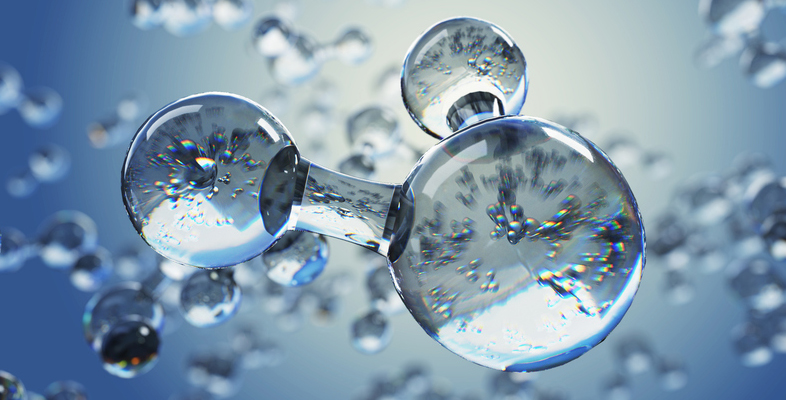2 Chemical equilibrium
By and large chemical reactions do not go to completion, and they are reversible.
This means they take place in two ways; reactant(s) going to product(s), and product(s) going to reactant(s). The forward and reverse reactions occur at the same time, and never stop.
When the rate of the forward reaction is equal to the rate of the reverse reaction, the reaction is said to have reached equilibrium.
In general, a chemical reaction that proceeds to equilibrium, can be represented by:
Here the symbol indicates that the reaction is reversible.
To reiterate; at equilibrium the forward reaction (by convention, the one going from left to right as written) and the reverse reaction (the one going from right to left) occur at the same rate. This means there is no further change in the relative amounts of products and reactants present in the reaction mixture. So at equilibrium, the concentrations of the reactants and products are constant, however they are not necessarily equal.
But chemists are mostly interested in the product.
The proportion of a reaction product in an equilibrium mixture is known as the
equilibrium yield of that substance.
In the next section you will consider how the position of equilibrium may impact on reaction (1).
